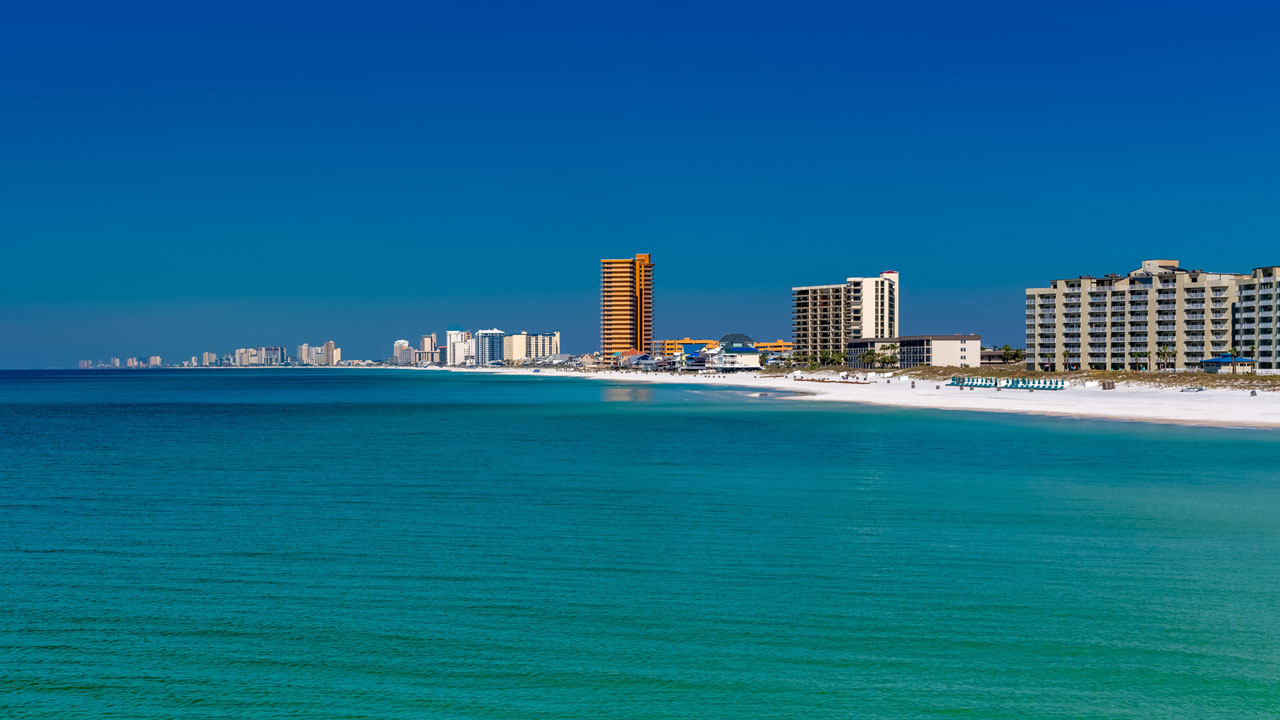
The upgraded wastewater treatment facility (WWTF) restored wetlands and created a conservation park for public enjoyment.
This article was originally published in Journal AWWA.
Future development in Panama City Beach was limited because of growing concerns about the disposal of treated effluent from the existing WWTF into sensitive estuarine waters. Due to a consent order, the WWTF faced the challenge of resolving these concerns to serve the needs of Panama City. A public-private partnership was formed to address the consent order through innovative approaches and progressive collaboration, ultimately resulting in a new regional conservation park. The City was then able to reuse 100 percent of its treated wastewater and provide future growth opportunities for the development community.
Panama City Beach is served by one WWTF located between the West Bay of Saint Andrews Bay and the Gulf of Mexico. In 2000 the facility treated approximately seven million gallons per day of wastewater on a maximum monthly average daily flow. Approximately 50 percent of treated wastewater was reused through public access irrigation of open space such as city parks, public rights-of-way, and golf courses. The remaining treated effluent was sent to an approximately one-mile-long freshwater ditch near the WWTF that discharged into West Bay. The state of Florida classifies West Bay as Class II waters, which includes coastal waters where shellfish harvesting occurs. West Bay is also part of the diverse but fragile Saint Andrews Bay ecosystem, with more than 2,900 species of documented plants and animals.
The City was allowed to continue discharge into West Bay as part of an agreed-upon consent order with a stipulation that surface water disposal cease by April 2011. Public and private interests brought together stakeholders to identify a mutually beneficial solution to eliminate surface water effluent disposal, reuse wastewater effluent, provide wet weather disposal, restore hydrologically altered wetlands, and expand the WWTF’s capacity for new development.
Hydrologically altered wetlands were used for beneficial disposal of the effluent and to provide a conservation park for the area. As a result of the creation of Panama City Beach’s conservation park, the City has created more than 25 miles of multipurpose bike and hiking trails, including two publicly accessible trails. The conservation park has been a great success and has become a destination for bird watchers and outdoor enthusiasts.
About the author
William Musser
William Musser is a professional engineer, hydrologist, and wetland scientist and certified floodplain manager in Tetra Tech’s water practice.